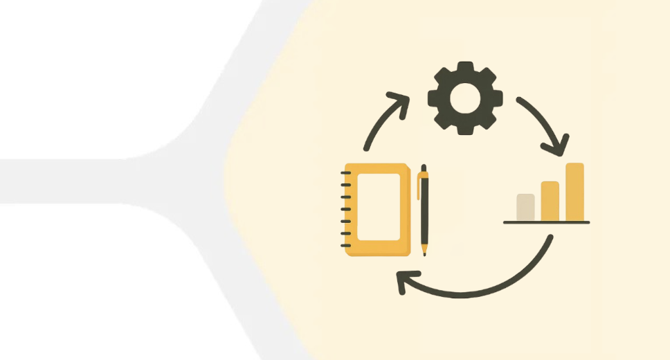UX Tweak
7d
182

Image Credit: UX Tweak
Lean UX 101: Prioritizing User Experiences Over Documentation
- Lean UX emphasizes an iterative and collaborative process, aiming to prioritize user experiences over documentation.
- Key advantages of Lean UX include shorter time to market, improved product-market fit, reduced costs, and enhanced flexibility.
- Collaboration among UX researchers, designers, product managers, and marketers is crucial in Lean UX.
- Lean UX involves building a shared understanding of user needs and continuous user feedback loops.
- It focuses on outcomes, permits quick validation of ideas, promotes software building over documentation, and encourages experimentation.
- The process involves steps like making assumptions, creating hypotheses, designing and prototyping, running experiments, and learning and iterating.
- Key Lean UX principles include focusing on the user, rapid experimentation, shared understanding, cross-functional collaboration, and continuous feedback loops.
- User testing is vital in Lean UX, and tools like UXtweak can help in rapid validation, usability testing, feedback gathering, and more.
- Jeff Gothelf's Lean UX Canvas aids teams in continuous validation, quick learning, and cross-collaboration efforts.
- Adopting Lean UX can help digital products stay competitive, agile, and user-centric in a dynamic market environment.
Read Full Article
10 Likes
For uninterrupted reading, download the app